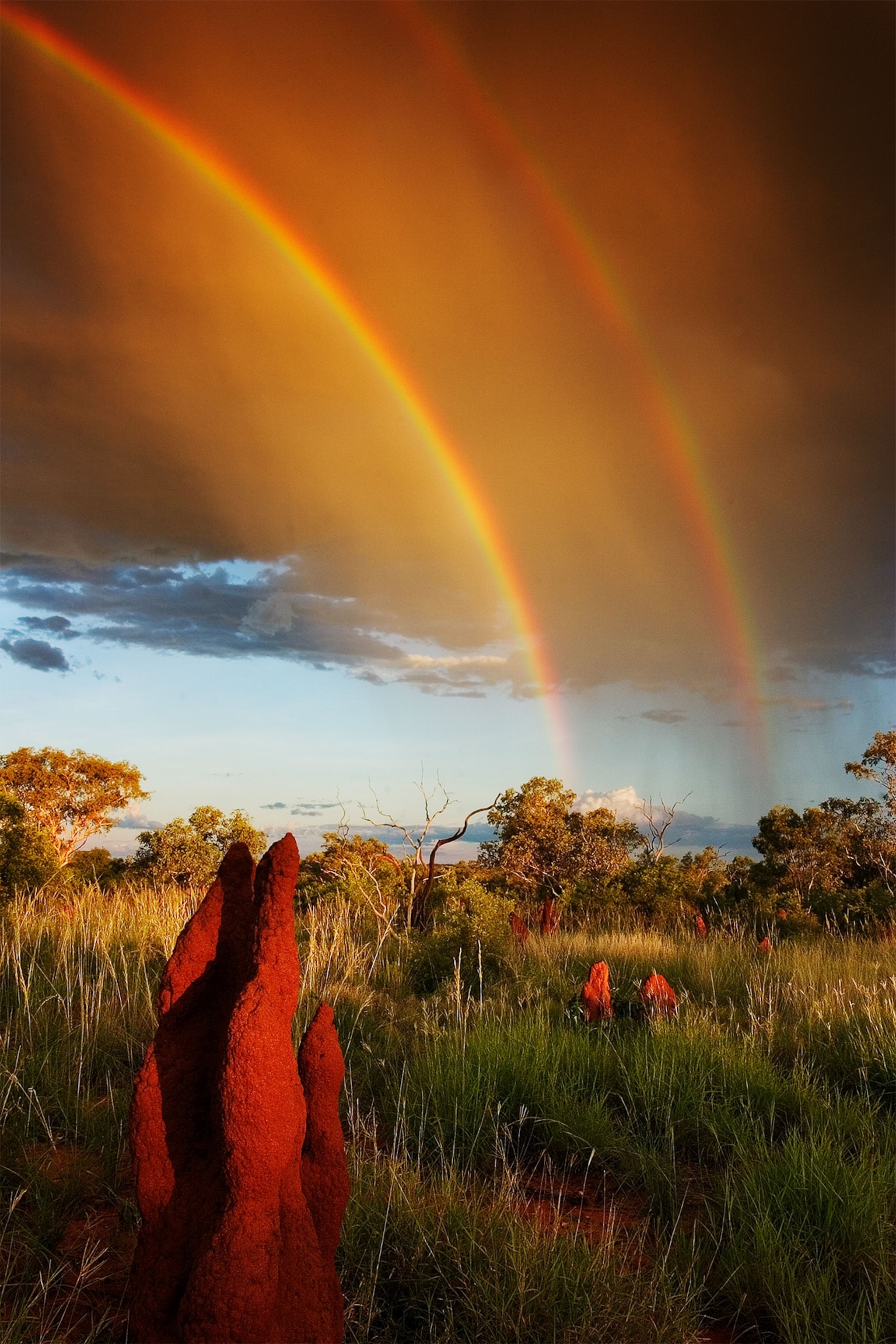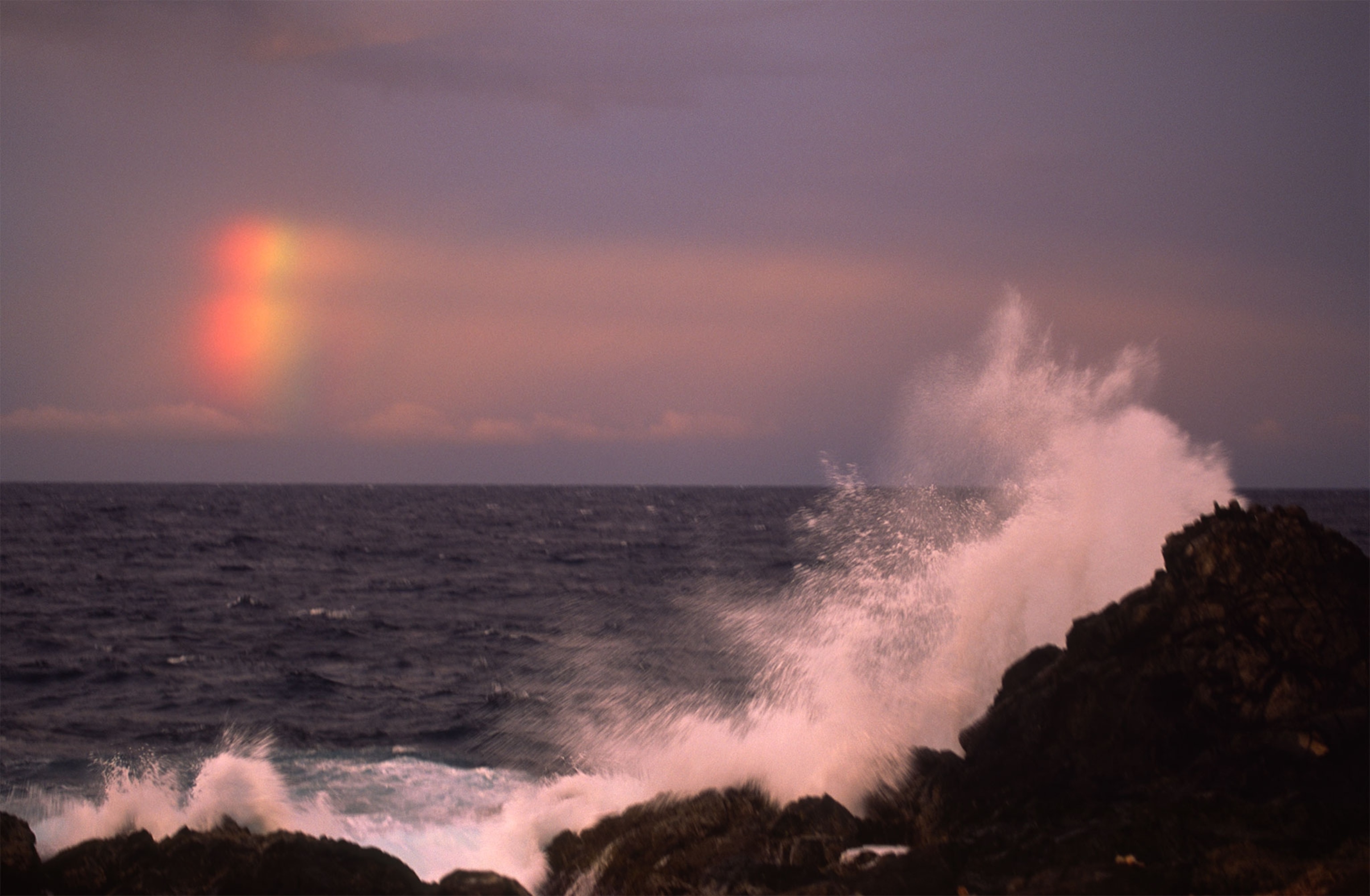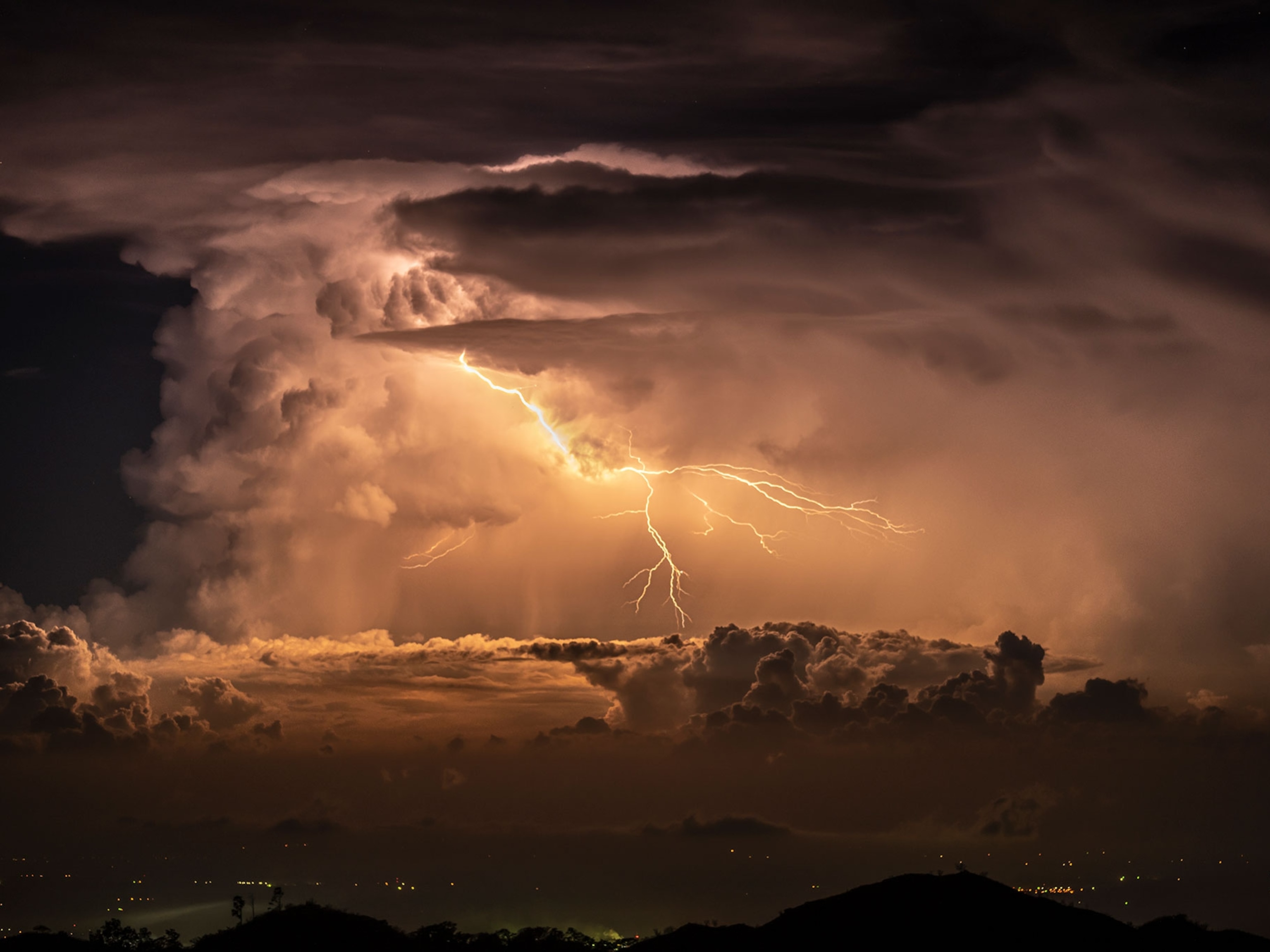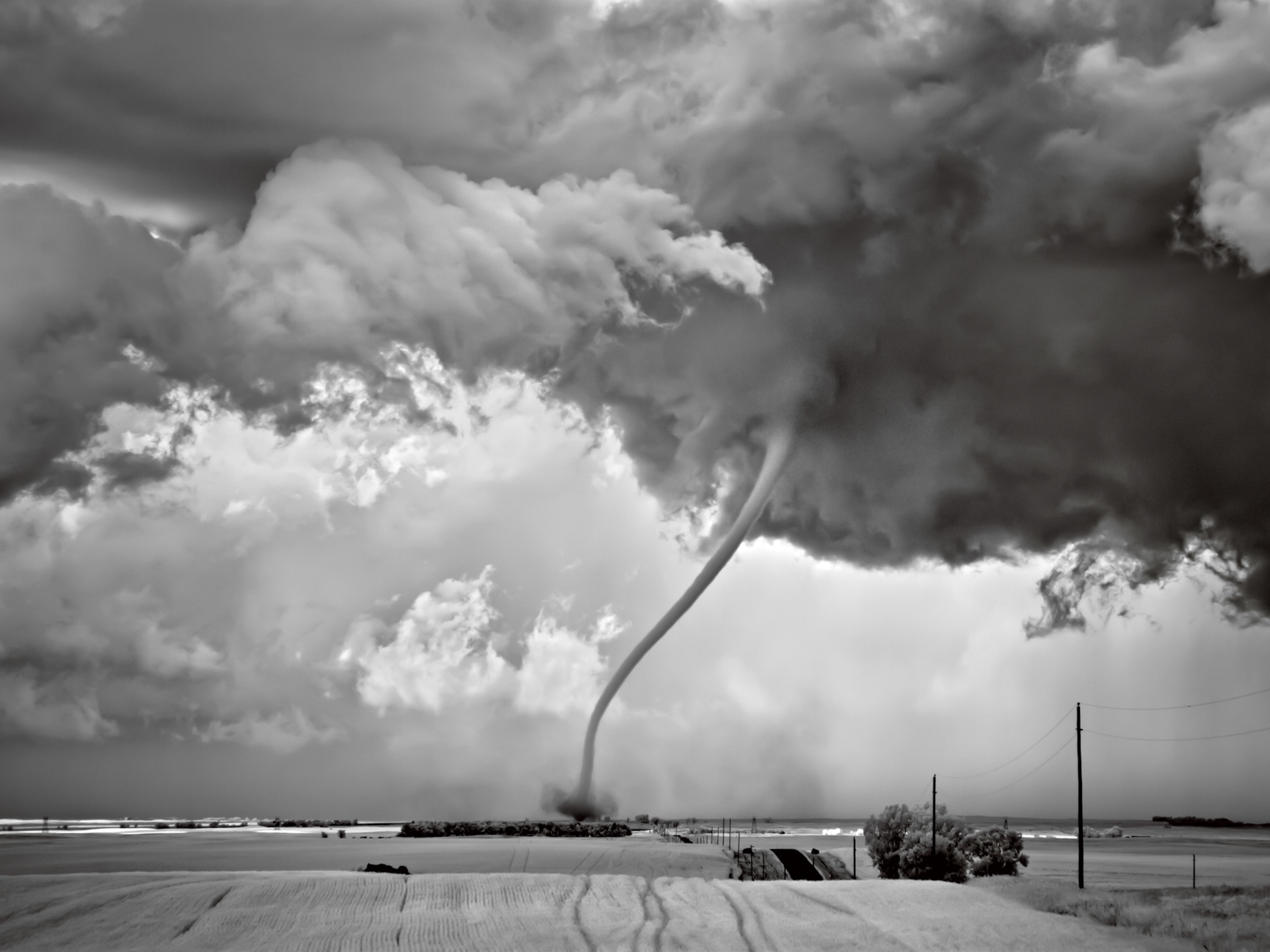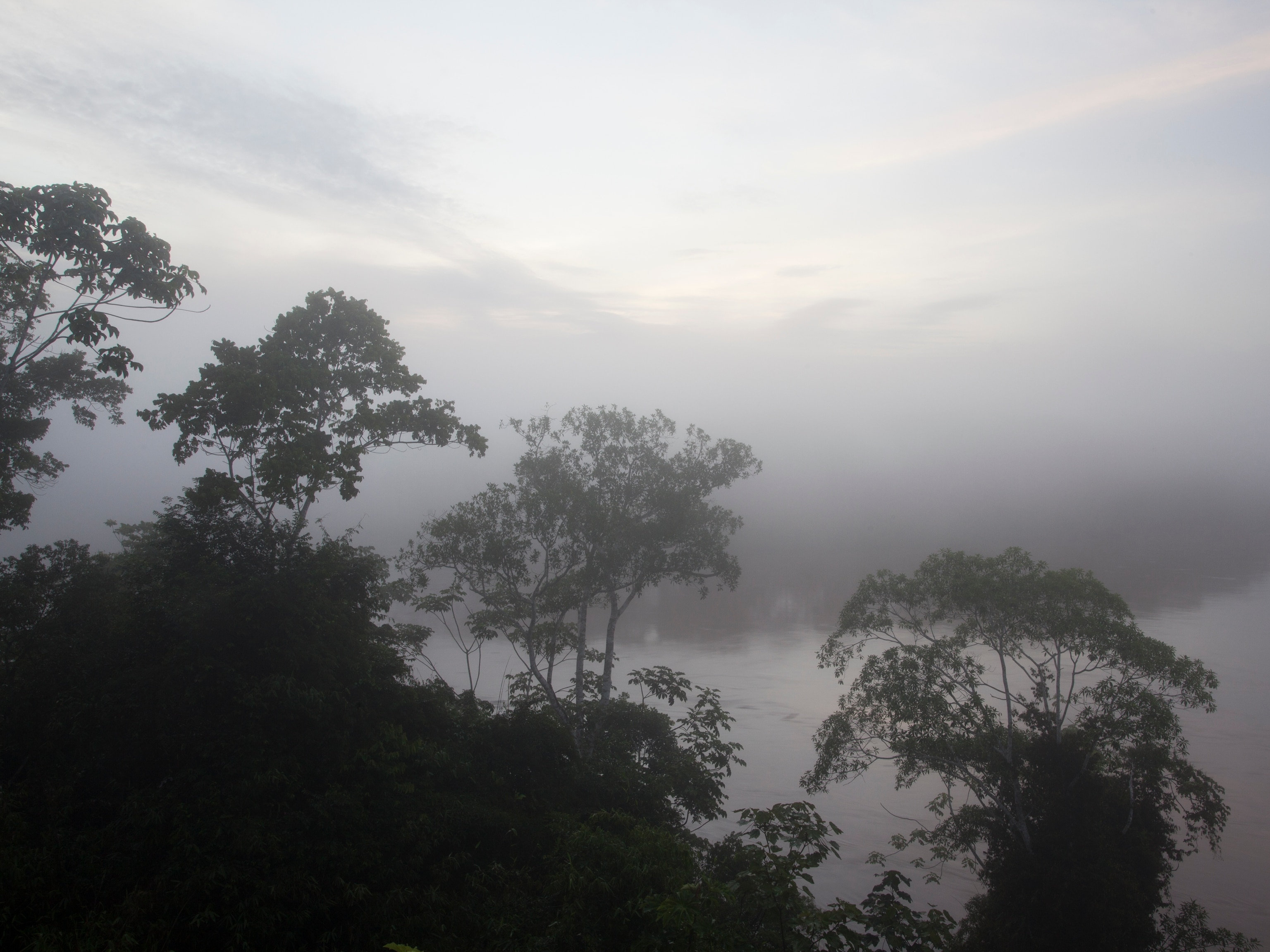Some Rainbows Don’t Have Every Color of the Rainbow
There are at least 12 kinds of rainbows, a new study reveals, and some skip a color or two.
SAN FRANCISCO — At sunrise and sunset, only ROY shows up for rainbow duty—G and BIV don’t appear for the earliest and latest color shows in the sky. Rainbows, it seems, are far more complex than the simple mnemonic for the colors of the rainbow that we all learned as children.
Inspired by the rainbow of rainbows, atmospheric scientist Jean Ricard has created a new rainbow classification scheme, which he presents Friday at a meeting of the American Geophysical Union.
While creating such a system may seem like a frivolous endeavor, it could help people to look beyond what they expect to find and “challenge our understanding of rainbows,” said Ricard, of France's National Centre for Meteorological Research, at a press conference on Thursday.
(Rarely Observed 'Quadruple' Rainbow Isn't What it Seems)
All the Rainbows
Draw a rainbow, and you’ll probably include lines of red, orange, yellow, green, blue, and violet. Maybe you’ll throw in indigo, though scientists don’t consider it to be a rainbow flavor.
But rainbows can easily get more complicated: A second bow—creating what is usually called a “double rainbow”—can appear more faintly above the first, with the colors in reverse order. There can be a dark band between the arcs and sometimes even bright fringes, called supernumerary bows, on the top and bottom of the bands.
Then again, some rainbows have none of those features, and entire colors can be absent.
Since the 1950s, rainbow classification has been based on the size of the raindrops that create them. The bigger the drops, the more vivid the colors.
Another attempt organized them by the height of the sun above the horizon. At about 70 degrees, a rainbow is dominated by blues and greens. Closer to the horizon, there are mostly reds and yellows.
“At sunset or sunrise, the color of the sun and the intensity of the incoming light change dramatically,” Ricard said. When the sun is low in the horizon, rays of light must pass through more of the Earth’s atmosphere. “The red manages to go through,” he explained. “Other wavelengths are completely gone.”
Catch the Rainbows
To capture this rainbow diversity, Ricard and his colleagues gathered hundreds of pictures of rainbows, sorting them into 12 categories based on the visibility of the six colors, the strength of the dark band, and whether any supernumerary bands can be seen. One type lacks a band of green, for instance, another is missing blue and violet, and a third type has only red and blue.
The system is so simple that most anyone could look at a picture of a rainbow, put it in a class, and understand what's going on, he said. A misty red rainbow, for instance, could only be created near sunrise or sunset with tiny raindrops.
“The public continues to be fascinated by rainbow sightings, and I’m often asked to interpret folks’ photographs of rainbows,” said Raymond Lee, a meteorologist at the U.S. Naval Academy in Annapolis, Maryland. “Thus, any agreed-upon scientific principles that help explain how colors vary from one rainbow to the next is a real plus.”
Studying rainbows could even help in the search for extraterrestrial life. If rainbows or glories—rainbows often spotted around the shadows of airplanes—were sighted on exoplanets, Ricard noted, it could be a sign that they are host to water—and even life.
Follow Sarah Zielinski on Twitter and her website.

